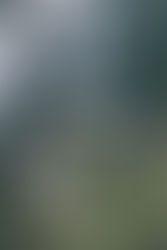Velvet
- Hannah Wood

- Jun 10, 2018
- 2 min read
Originally velvet was made from pure silk and was very expensive. It is commonly used as upholstery for furniture and curtains. To reduce the price is it often woven from material such as cotton, linen or wool. It dates back as far as 2000BC. It was incredible expensive to make then as there was no loom's invented. Devore was a popular technique as well, this is when some of the pile fabric is sort of burned off to create a contrast where the negative pattern is still the same colour but a different texture. It is thought to be the French expertise.

The distinct texture comes from the way in which it is woven. Instead of being flat woven, there is still the warp and the weft however there is a third yarn called the pile which gives the velvet another dimension. It is woven in 2 layers with the pile connecting both layers, then once woven they are cut down the middle and both sets of fabric have a pile. They are then stitched together and this is where the depth and colour of the fabric appears. Once this has happened it can then be dyed a wide range of colours.
I think velvet is such a versatile fabric that has unique appeal. Although it commonly shows marks and ‘bruises’ on the fabric, this gives it character. It is timeless and I think the process of its manufacture helps to appreciate it more in the home. It works so well with metallics using the harshness of the metal with the warmth and softness of the velvet. The light reflecting off of both metal and velvet is encapsulating. The sense of dimension creates something quite architectural about the fabric, however, like most fabrics there is also something organic, natural and human-like about it, the way that fabric moves and forms.










Comments